Highlander magic
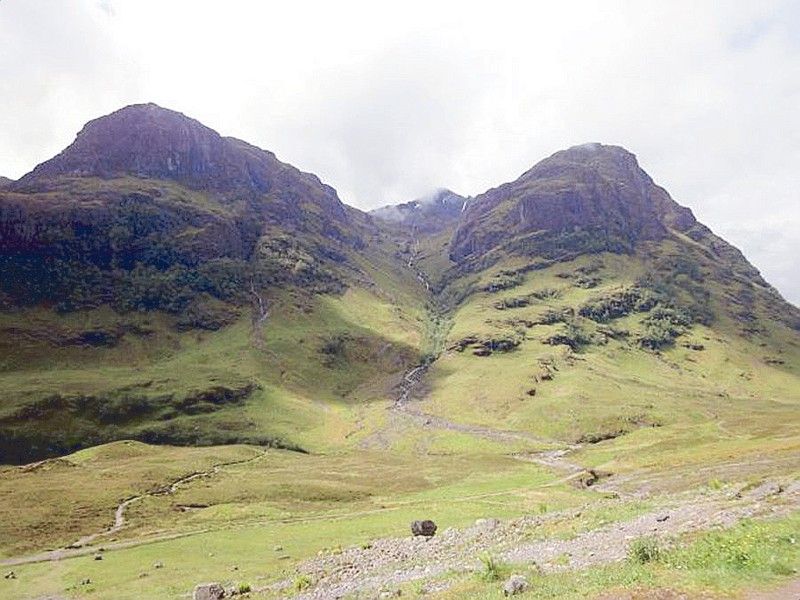
It’s a serpent. It’s a giant catfish. It’s… the bubbly rippled wake of our cruise yacht, exploring Loch Ness, the lake in the Scottish Highlands that is supposed to be inhabited by a monster.
MANILA, Philippines — Perhaps if you’re sloshed with Scottish whisky, you might see Nessie, the nickname given to the monster that countless individuals have claimed to have seen over the past decades, with stories reportedly dating back to the sixth century A.D.
The purported sightings have been influenced by a 1934 black and white photograph of a creature, its long neck sticking out of the lake and looking like the extinct marine reptile plesiosaur. The photograph turned out to be doctored, but the image has persisted in the movies and pop culture. Nessie has been described as a kelpie, a creature in Scottish folklore that can shift its form from human to horse.
Even if you don’t see the Loch Ness monster in the water that looks black because of its depth (755 feet at its deepest), you can still enjoy home-brewed malt whisky that many dining establishments offer with pride across Scotland.
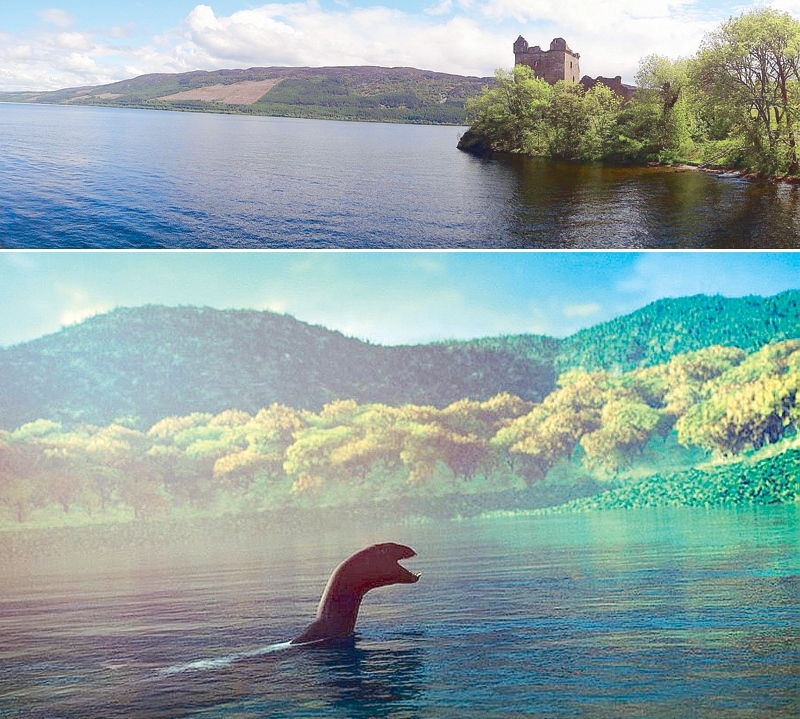
With enough Scottish whisky, you might start seeing Nessie (below), the monster said to inhabit Loch Ness in the Highlands.
If you’re not into alcohol, you can enjoy the long drive through the spectacular Scottish Highlands from Glasgow to Loch Ness and then through Inverness, the setting for the top-rated Netflix historical fantasy romance series “Outlander.”
If the Scottish natural landscape looks familiar, it’s because the country has provided the backdrop for some of the most globally popular movies.
Callum, the Glasgow-born and bred guide on the tour that I booked online, pointed to the mountain with a prominent crevice that was featured in “Skyfall,” my favorite James Bond movie starring my favorite Bond actor Daniel Craig.
James Bond creator Ian Fleming’s parents live around the area, Callum said, which surely inspired the movie scenes.
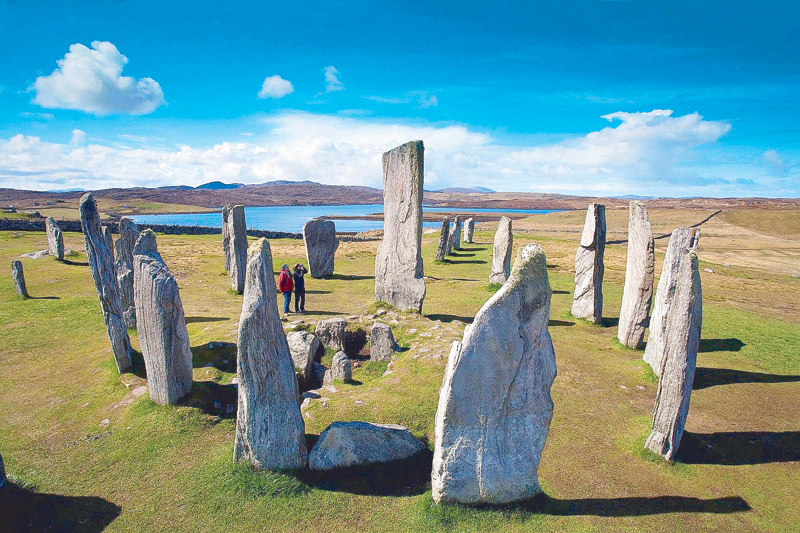
The Calanais Standing Stones on the Isle of Lewis are believed to be 3,000 to 5,000 years old.
Scottish scenery also undoubtedly inspired the most commercially successful writer of all time. J.K. Rowling drew the outlines and worked on the wildly popular Harry Potter series in the cafés of Scottish capital Edinburgh. And I can see where progressive rock band Jethro Tull’s Scotland-born flute artist Ian Anderson found inspiration for his songwriting.
The Highlands near the “Skyfall” setting, Callum said, also provided the backdrop for Hogwarts School of Witchcraft and Wizardry.
Celtic pagan lore permeates British folk culture, replete with stories of witches and elves. The ancient druids carried out rituals in the mysterious prehistoric circular stone formations found across Britain including Scotland, the most magnificent of which are the Neolithic monoliths at Stonehenge in England. The Outlander’s Claire Fraser found Jamie the love of her life by time-traveling through such a stone circle from 1945 to 18th century Scotland, and then from the 1960s and back.

Glasgow is home to numerous museums, among them the Kelvingrove Art Gallery and Museum in the trendy West End, where a World War II Supermarine Spitfire Mk.21 LA198 hangs in the main atrium.
Wicca – pagan witchcraft that is classified as a religious movement in certain countries – has a following in the UK. Among the unique shops in Glasgow’s Merchant City in the East End, where the tobacco barons used to reside, is the 23 Enigma, where you can have a Tarot reading, buy books on the occult arts together with charms, Tarot decks and crystal balls of various sizes.
At Loch Ness, tourists were told to watch out for a large rock that a witch, according to mythology, had hurled at a rival witch on the opposite side of the bank during a violent fight in a long-running feud. Their rock-throwing destroyed their cave dwellings.
If nature spirits, witches and wizards can’t be found, tourists can try to look for ghosts in the picturesque cemeteries around Scotland.
City of the Dead
In Glasgow, Scotland’s second largest city, the best panoramic views can be enjoyed not from a revolving restaurant at the top of the tallest modern building or from a communication tower, but from a cemetery.
It’s not just any cemetery. The most prominent (and possibly notorious) residents of Glasgow in the past two centuries are buried there. Of an estimated 50,000 individuals buried in the 15-hectare Victorian cemetery, however, only 3,500 have monuments in their name.
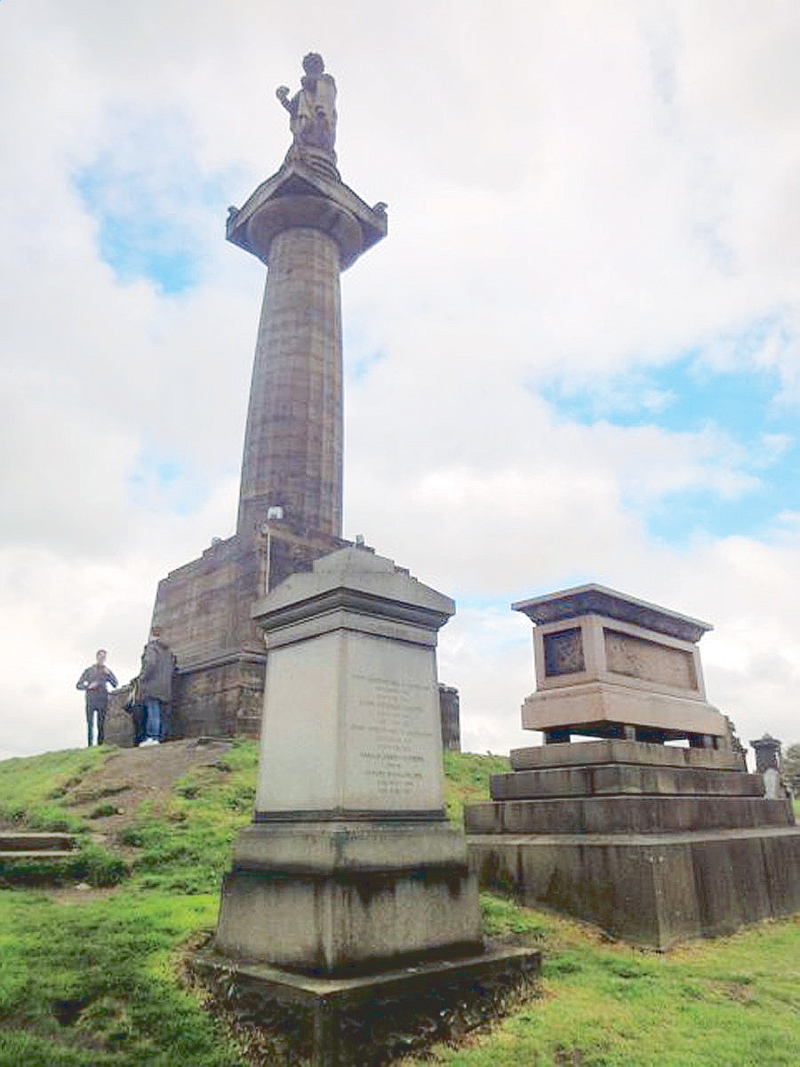
The best views of Glasgow can be enjoyed from the tombs in the Necropolis.
There are obelisks and monuments in the appropriately named Necropolis, or City of the Dead. Opened in 1832, the largest graves are clustered around a monument at the summit that predates the Necropolis – featuring Edinburgh native John Knox, founder of the Presbyterian Church of Scotland, sitting on a column and installed in 1825. From the summit of the cemetery, visitors get a 360-degree view of the entire Glasgow.
The cemetery overlooks another Glasgow landmark and the city’s oldest building, the Gothic Saint Mungo’s Cathedral. Just a short walk from the Necropolis, the Presbyterian church – Scotland’s oldest cathedral – is dedicated to Glasgow’s patron saint, who built the church that opened in 1136. Few Filipinos are familiar with Saint Mungo (born Kentigern in 518, died in January 614), but four miracles are attributed to him. His remains lie in an underground crypt in the church that he built.
City of Music
The City Center houses various museums and art galleries, all of which can be visited for free. But the city has also undertaken a riverside revival on its West End, which has become a trendy district.
Today the River Clyde, a commercial artery of industrializing Scotland, is dotted with modern Glasgow landmarks: the Clyde Arc Bridge; the Scottish Event Campus Exhibition Center; the SSE Hydro Arena; and the armadillo-shaped SEC Clyde Auditorium for the performing arts. BBC Scotland has its headquarters across the river from the Hydro.
It’s a long walk from the Exhibition Center train stop to the Hydro. But those who use the red covered walkway are entertained by singers performing near both ends, playing electric guitars. They look no older than 30 and some sing so well they could become the next big Billboard star. There are many other types of musical attractions in Glasgow, which has been recognized as a UNESCO City of Music.
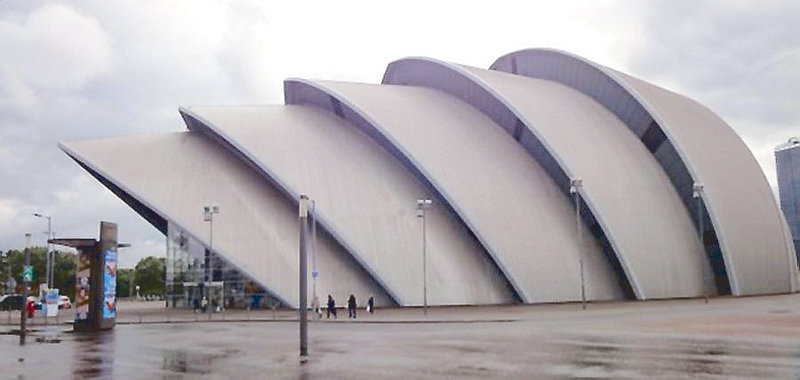
The armadillo-shaped SEC Clyde Auditorium for the performing arts has become one of the landmarks in the Clyde River restoration project.
For better ambience, travelers can visit the numerous cafés and pubs for which the West End has gained popularity. First-time visitors can try Scotland’s national dish – the meatballs called haggis. You might be surprised to find out how delectable sheep’s internal organs can be, if cooked the right way.
And if the haggis turns out to be dry and unpalatable, you can always drown it with whisky, specially brewed in the numerous distilleries that dot Scotland.
After a long night out, you might start seeing the fairies and elves that inhabit Scottish folklore, and start looking for a Celtic stone circle where you can travel back in time, 200 years into the past.
Even if it’s just whisky-induced, it will still be a magical experience.



















